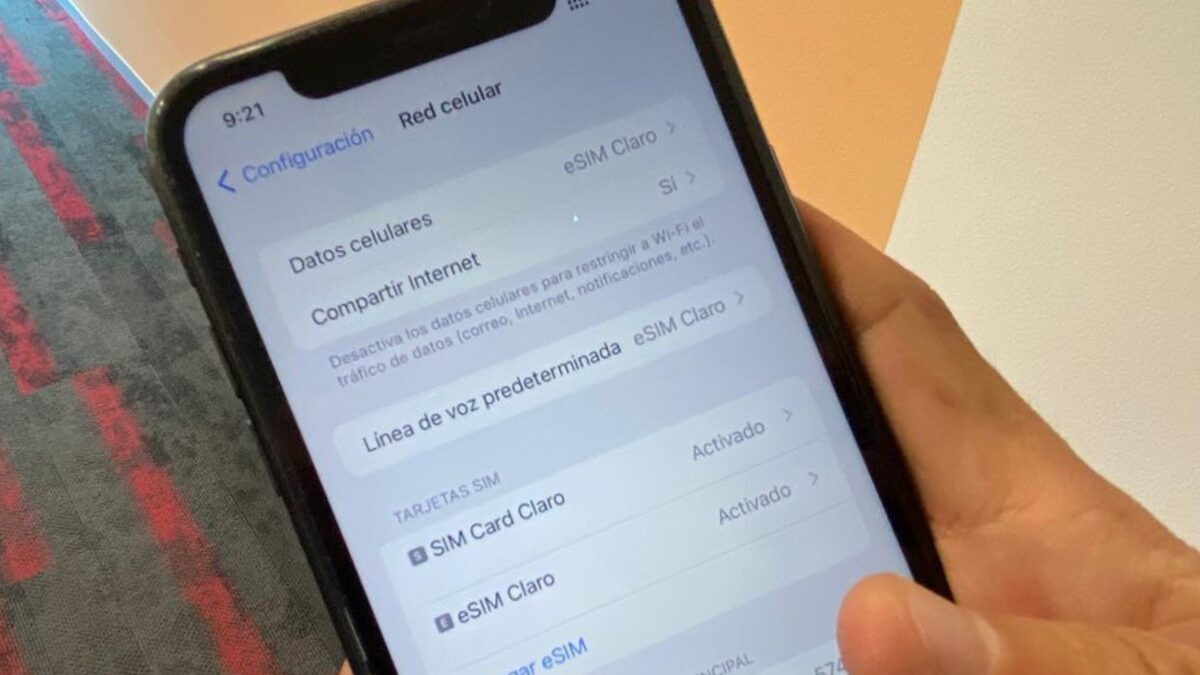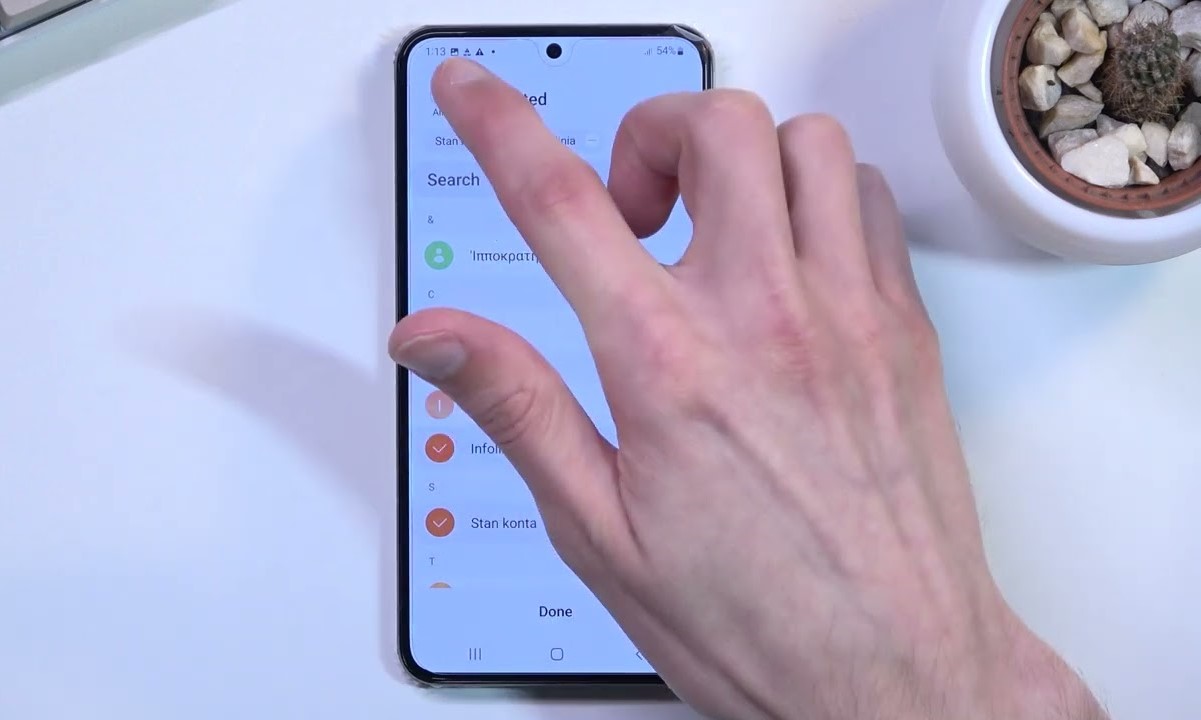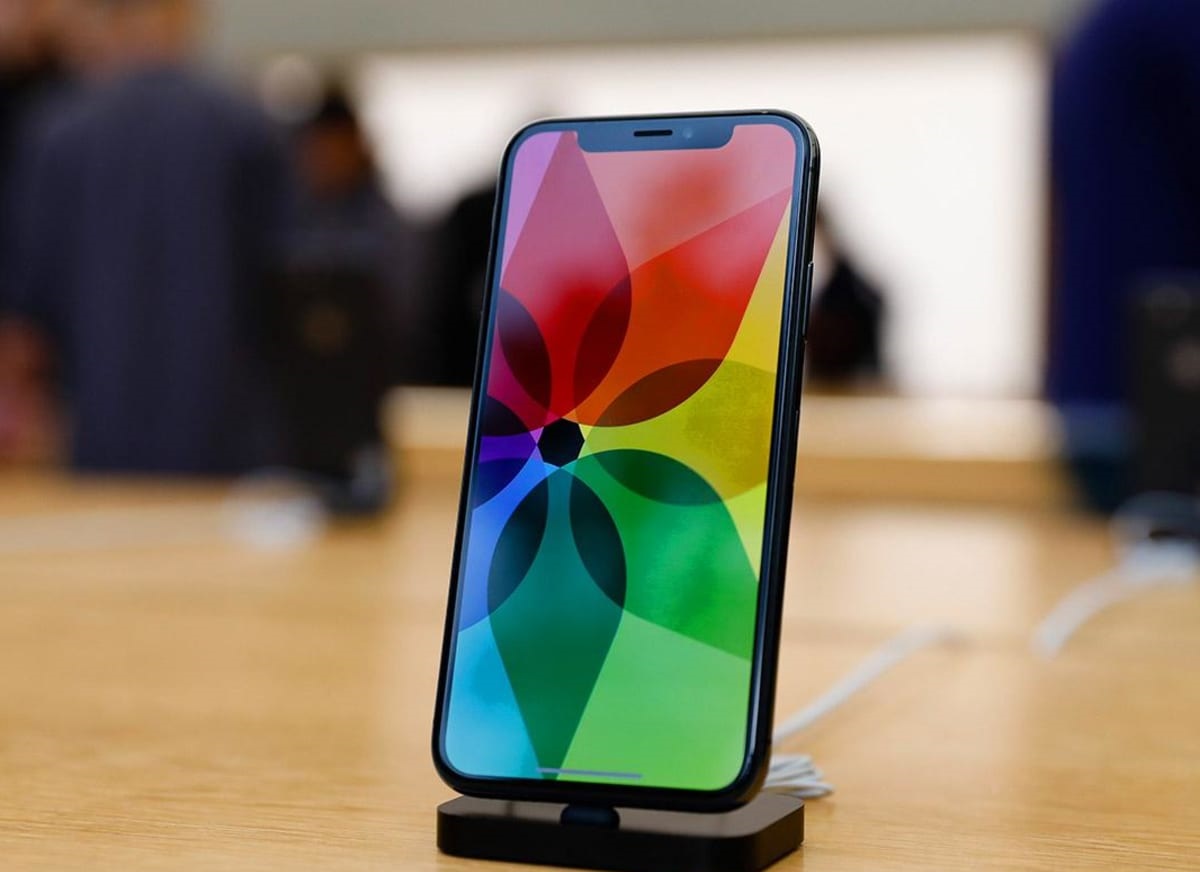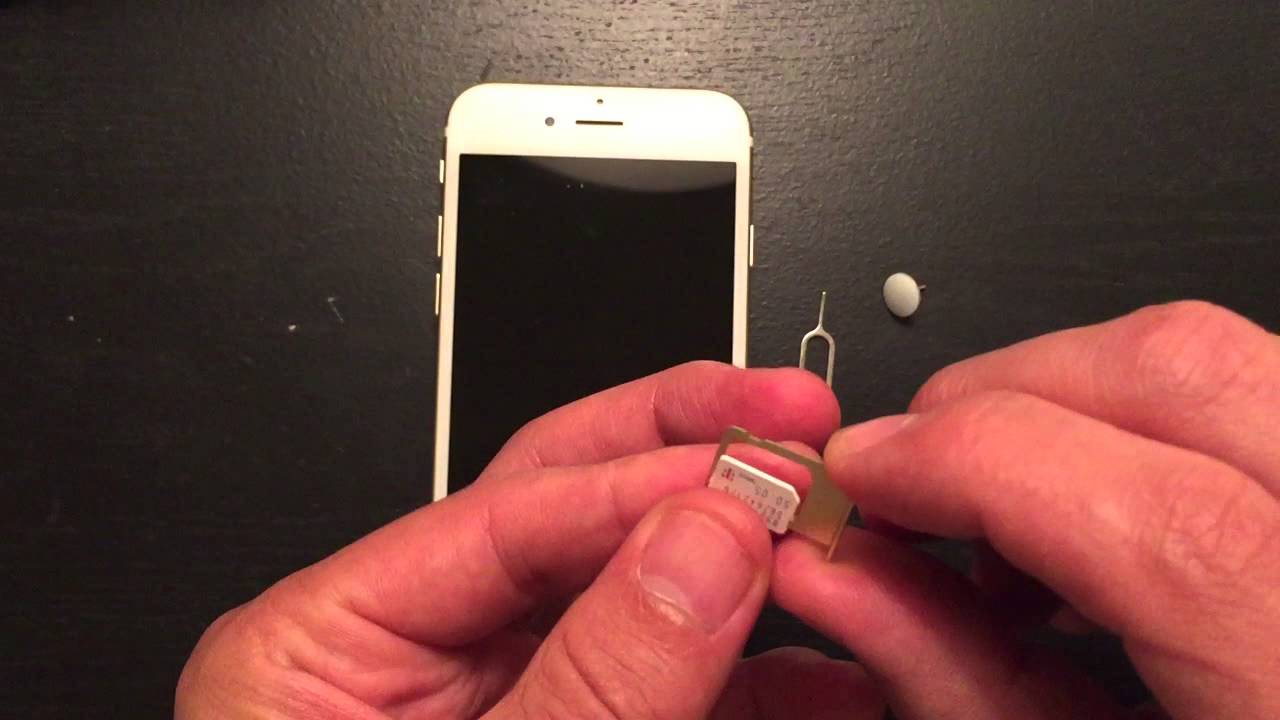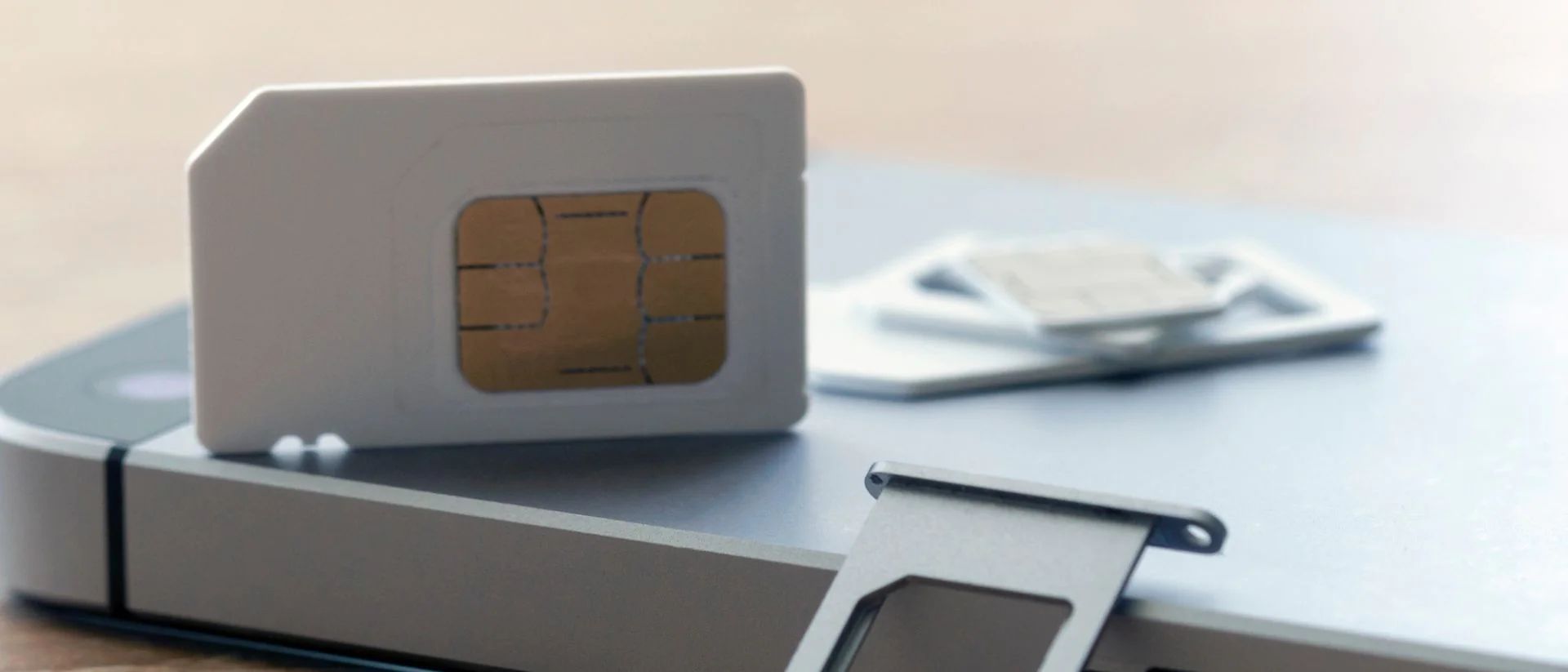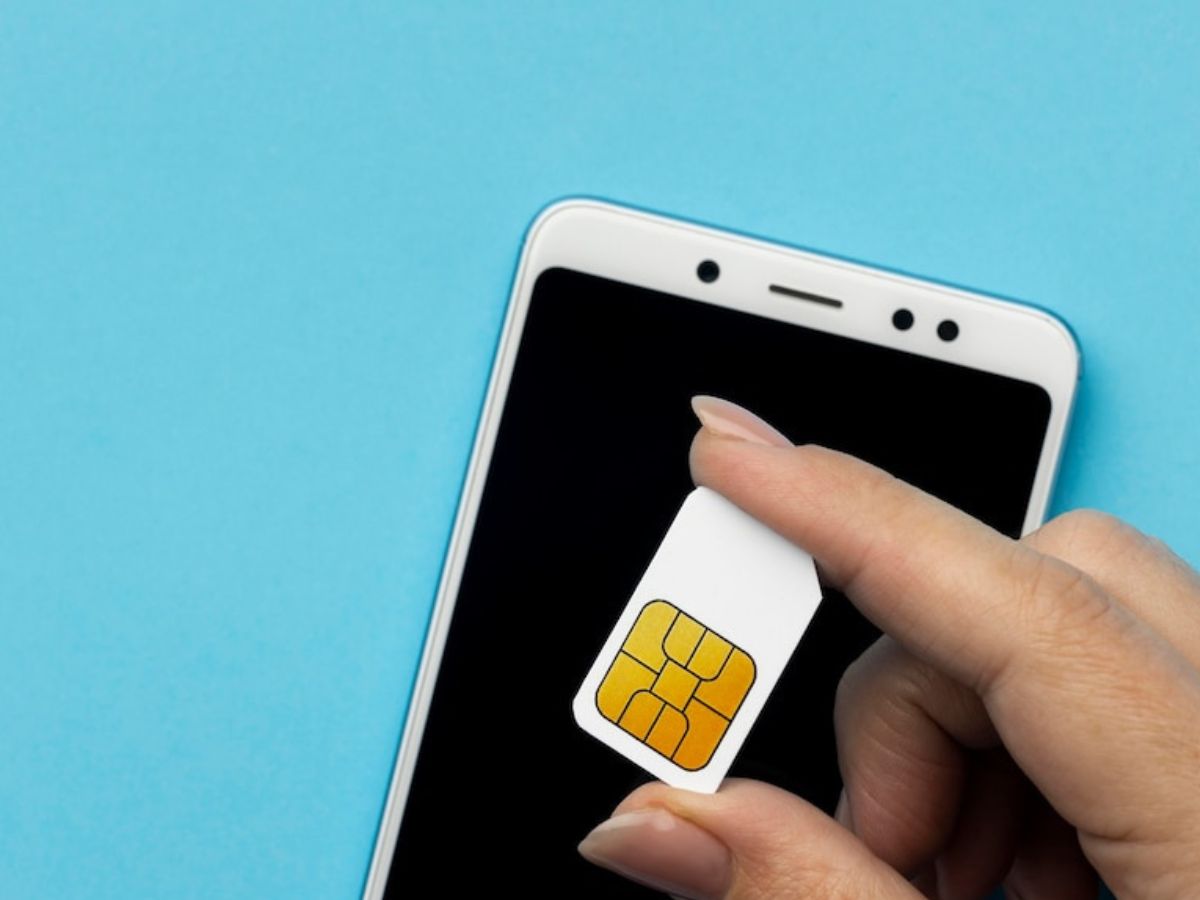Introduction
When you pick up your mobile device, whether it's a smartphone, tablet, or even a smartwatch, have you ever wondered about the tiny, yet mighty, piece of technology that enables it to connect with the world? This indispensable component is none other than the Subscriber Identity Module (SIM) card. It's the unsung hero that allows your device to access a mobile network, make calls, send texts, and access the internet. But have you ever found yourself in a situation where you're unsure whether your device has a SIM card inserted? Or perhaps you're troubleshooting network issues and need to verify if the SIM card is the culprit? Fear not, as this article will guide you through the process of checking for the presence of a SIM card in your mobile device.
The presence of a SIM card is fundamental to the functionality of a mobile device. Without it, your device would be unable to identify itself to the network and establish communication. Whether you're a tech enthusiast, a curious user, or someone troubleshooting connectivity problems, understanding how to verify the presence of a SIM card is an essential skill in the realm of mobile devices. So, let's delve into the significance of checking for the presence of a SIM card and explore the methods to do so effectively.
Why Check for the Presence of SIM Card
Verifying the presence of a SIM card in your mobile device is crucial for several reasons. Firstly, it ensures that your device can connect to a mobile network and access essential functionalities such as making calls, sending texts, and utilizing mobile data. Without a SIM card, your device would be unable to identify itself to the network, rendering it incapable of establishing communication.
Secondly, checking for the presence of a SIM card is essential when troubleshooting connectivity issues. If you're experiencing network-related problems, such as being unable to make calls or access the internet, confirming the existence of a SIM card becomes a vital step in the diagnostic process. This verification allows you to eliminate or identify the SIM card as a potential source of the problem, enabling you to focus on relevant solutions.
Moreover, for individuals who possess multiple SIM cards or frequently switch between them, ensuring that the intended SIM card is inserted in the device is imperative. This is particularly relevant for users of dual-SIM devices, where the presence of the correct SIM card determines which network is being utilized for communication and data access.
Furthermore, from a security perspective, verifying the presence of a SIM card can be crucial in preventing unauthorized usage of your device. In scenarios where a SIM card is removed, the device may be rendered inoperable for making calls or sending texts, serving as a deterrent against unauthorized access.
In essence, checking for the presence of a SIM card is fundamental for ensuring the proper functioning of your mobile device, diagnosing connectivity issues, managing multiple SIM cards effectively, and enhancing device security. By understanding the significance of this verification, you can optimize the performance and usability of your mobile device while addressing potential network-related challenges.
How to Check for the Presence of SIM Card
Checking for the presence of a SIM card in your mobile device is a straightforward process that varies slightly depending on the type of device you have. Here are the general steps to determine if a SIM card is inserted in your device:
-
Physical Examination:
- For smartphones and some tablets, the SIM card slot is usually located on the side of the device. Some devices have a small pinhole next to the slot, which is used to eject the SIM card tray. If your device has a removable back cover, the SIM card slot may be located underneath the cover. Carefully examine the exterior of your device to locate the SIM card slot or tray.
-
Ejecting the SIM Card Tray:
- If your device has a SIM card tray, you can use a SIM card ejector tool or a small paperclip to gently push into the pinhole next to the tray. This will cause the tray to pop out slightly, allowing you to pull it out completely. Once the tray is removed, you can visually inspect it to see if a SIM card is inserted.
-
On-Screen Indicators:
- Many smartphones and tablets display on-screen indicators when a SIM card is inserted. Look for signal bars, a carrier name, or an indicator in the device's settings that confirms the presence of a SIM card.
-
Device Settings:
- Navigate to the device settings menu and look for the "SIM card" or "Network" section. Here, you can usually find information about the status of the SIM card, including whether it is detected and the network it is connected to.
-
Restart the Device:
- If you're still uncertain about the presence of a SIM card, you can power off your device, remove and reinsert the SIM card (if accessible), and then power it back on. This can help ensure that the SIM card is properly seated and recognized by the device.
By following these steps, you can effectively check for the presence of a SIM card in your mobile device. This process allows you to confirm whether a SIM card is inserted, troubleshoot connectivity issues, and ensure that your device is ready to connect to a mobile network and provide essential communication services.
Conclusion
In conclusion, the Subscriber Identity Module (SIM) card is a pivotal component that underpins the functionality of mobile devices, enabling them to connect to mobile networks and access essential communication services. The process of checking for the presence of a SIM card holds significant relevance in ensuring the seamless operation of devices, diagnosing network-related issues, managing multiple SIM cards effectively, and fortifying device security.
By acknowledging the importance of verifying the existence of a SIM card, users can proactively address connectivity challenges and optimize the performance of their mobile devices. Whether it's a smartphone, tablet, or a device with dual-SIM capability, the ability to confirm the presence of a SIM card empowers users to troubleshoot network-related concerns effectively.
Moreover, the process of checking for a SIM card extends beyond mere technical validation. It embodies the assurance of being equipped to stay connected with the world, communicate effortlessly, and leverage mobile data services. This verification process also aligns with the evolving landscape of mobile technology, where seamless connectivity is integral to both personal and professional spheres.
Furthermore, as mobile devices continue to play an increasingly central role in our daily lives, the significance of safeguarding these devices against unauthorized access cannot be overstated. Verifying the presence of a SIM card serves as a foundational step in enhancing device security, ensuring that only authorized individuals can utilize the device for communication purposes.
In essence, the act of checking for the presence of a SIM card transcends the technical realm, embodying the assurance of connectivity, the empowerment of troubleshooting capabilities, and the reinforcement of device security. By understanding and embracing this fundamental process, users can harness the full potential of their mobile devices while navigating the intricacies of modern connectivity.
In conclusion, the presence of a SIM card symbolizes more than just a technological component; it represents the gateway to seamless communication, connectivity, and security in the dynamic landscape of mobile devices. Embracing the significance of this verification process empowers users to navigate the digital realm with confidence, ensuring that their devices are primed to connect, communicate, and enrich their lives in myriad ways.







